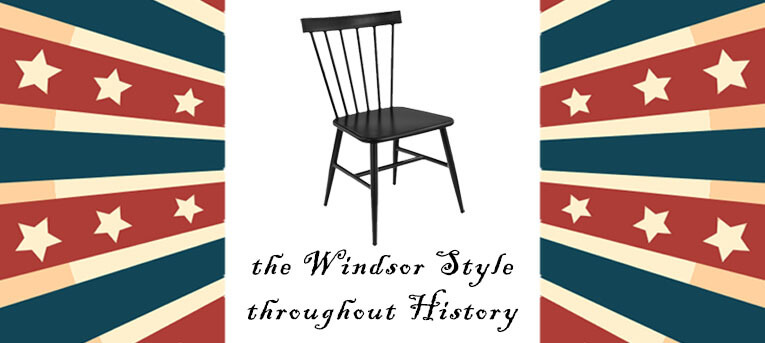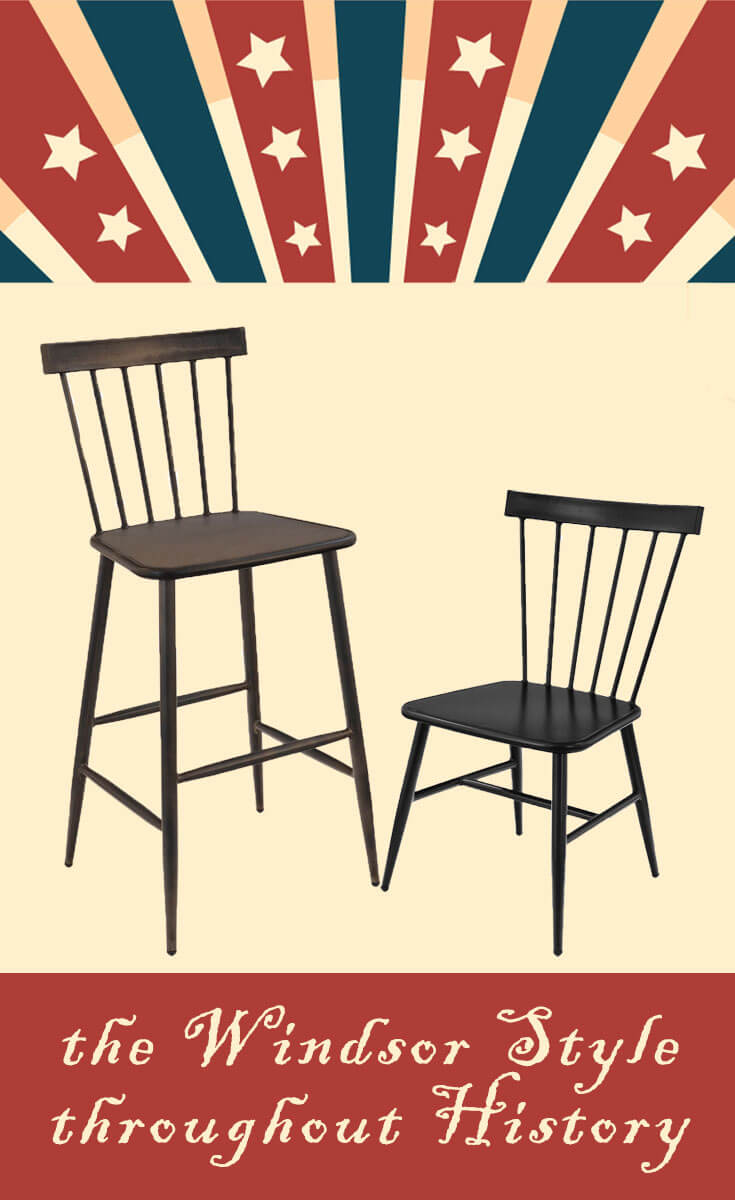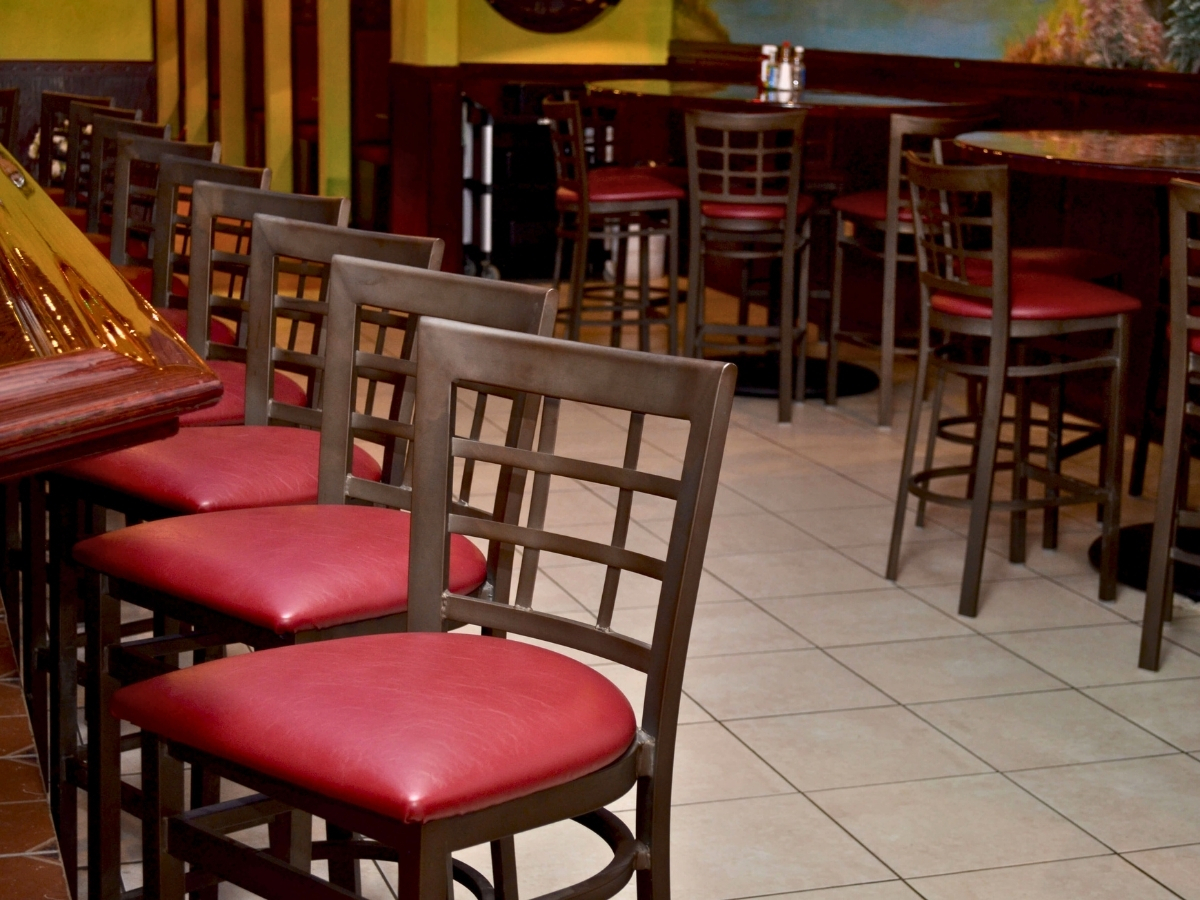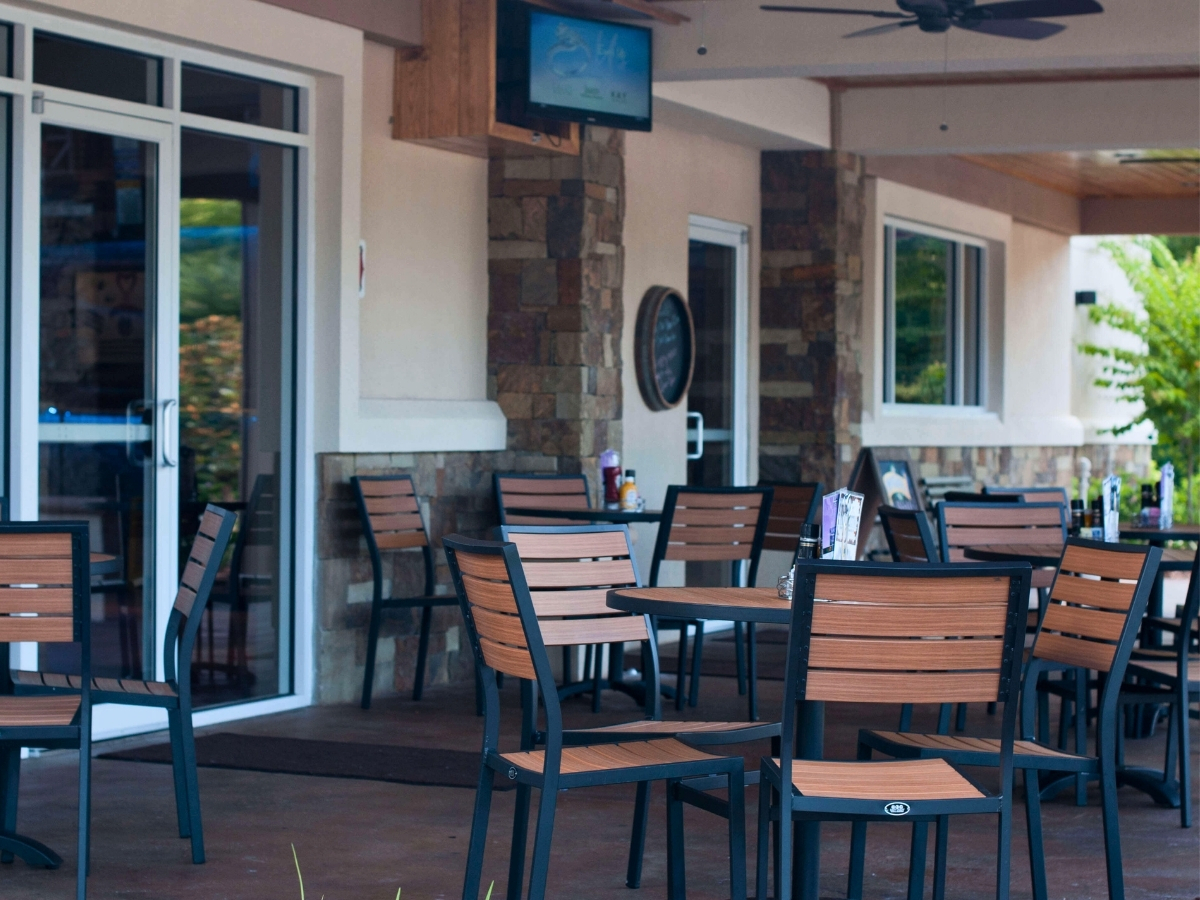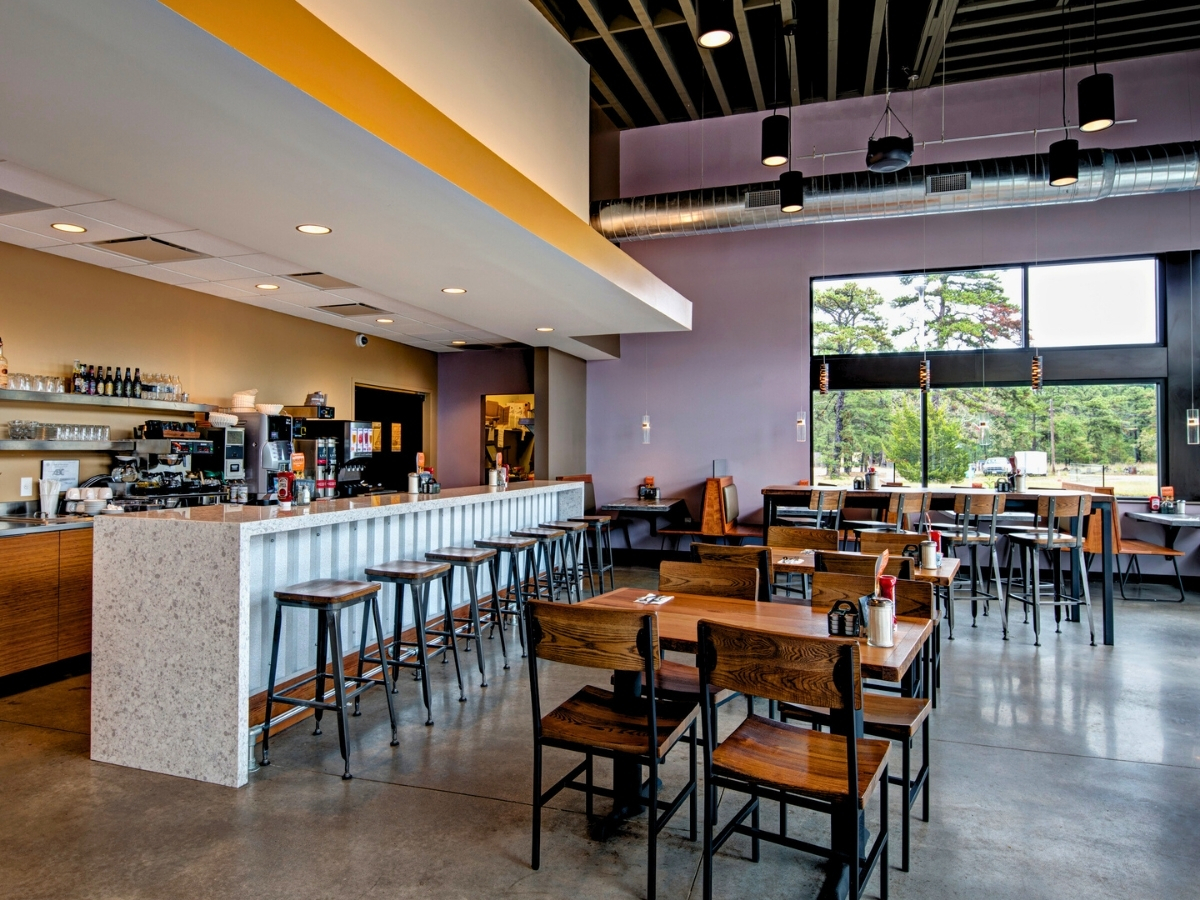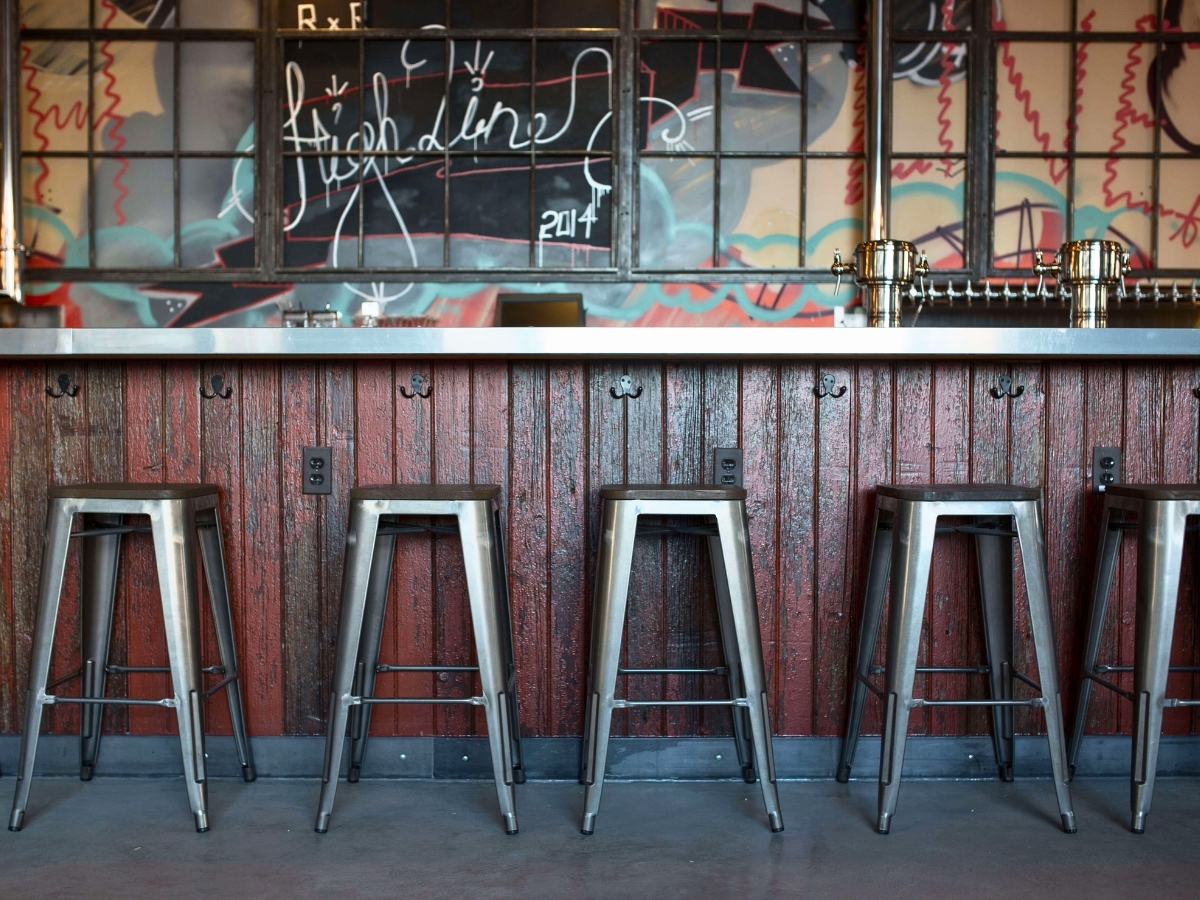There are no styles of furniture more associated with Colonial America than the Windsor style — specifically, Windsor chairs.
Airy yet sturdy, Windsor furniture is characterized by its delicately turned spindle backs and sculpted wooden seats. These pieces have straight legs that splay out at an angle, usually connected by an H-shaped stretcher for stability. And the back of Windsor chairs usually reclines.
Of course, like most things that America popularized during the 1700s, the Windsor chair has its origins somewhere else.
The Windsor’s Origins
The chair’s roots trace back to the English town of Windsor, as long ago as the early 18th century. According to legend, King George II was out fox hunting when he was surprised by a downpour. He took refuge in a nearby cottage, where he found a crude chair with a spindle back. The king liked it so much that he had his royal furniture makers create his own for Windsor Castle. And thus, the trend was born. The truth of this story is debated, but it’s a good one nonetheless.
By the 1730s, Windsor chairs had come to Philadelphia, where they quickly spread to the rest of the colonies. Windsor furniture exploded into a booming industry. But as usual, American craftsmen weren’t content to simply adopt the English way of doing things. Instead, they made the chair their own.
To start, American builders removed the central “splat” that was common in the English version. This splat was a flat decorative piece of wood arranged in the center of the chair back, with spindles on either side.
The Americans preferred a simpler look, with spindles making up the entirety of the chair back. They also made the legs narrower, and introduced the continuous arm, which was made of one solid piece of bent wood that curved along the back of the chair.
Nails were generally unneccessary for the construction of Windsor furniture. Rather, the unseasoned wood components were all fitted together, and as they dried, the holes shrunk to create a tight fit.
Types of Windsor Chairs
The American Windsor evolved into several basic styles, with hundreds of variations.
Bow Back
The bow back is framed by a single piece of curved wood that connects directly to the seat. Spindles of different heights follow the seat perimeter and connect to the bow at the top.
Low Back
The low back chair ends at about mid-back height, instead of extending up to head height.
Comb Back
The spindles on a comb back Windsor chair are all the same height. They connect about half-way up the spindle to a “center rail”, and at the top to a broad “handle”. This termination point gives the back the look of a hair comb.
Hoop Back
The hoop back Windsor has a center rail that divides the spindles horizontally. This center rail curves past the spindles to form arms.
Fan Back
Like the comb back, the fan back chair has spindles of a uniform height that meet a handle piece at the top. But the fan back has no center rail. Instead, there are two heavier turned stiles on the outside of the spindles to create stability.
Writing Arm
The writing arm Windsor has a small desk piece attached to the right arm of the chair. This convenient addition made a comfortable place to write letters without requiring a large desk. Some writing arm chairs also had a small drawer beneath the desk where people could keep paper, pen, and ink stand.
American Windsor furniture was usually made of several cheaper types of wood instead of one expensive hardwood. So they were painted to hide this mismatch. Common colors were red, yellow, blue, and especially green and black. They were sometimes decorated more extensively, with flowers, vines, and pastoral scenes.
Windsor Chairs in History
The hoop back Windor chair in particular is practically synonymous with the American Revolution. This style shows up in paintings of the Second Continental Congress, as they were the chairs used in the Philadelphia State House in 1770s. They were made by Philadelphia furniture maker Francis Trumble, one of the era’s most prolific chair makers.
And they were popular at home too. Records show that Windsor chairs were owned by the likes of Benjamin Franklin, John Adams, Thomas Jefferson, and George Washington.
But they weren’t limited to indoor use. Some of the early American uses of Windsor chairs were in gardens and patios.
In fact, the Washingtons were such fans that George Washington had 27 of them on the portico at Mount Vernon. And Martha Washington even had a Windsor high chair for her grandchildren, whom she raised.
Thomas Jefferson also wrote the Declaration of Independence while sitting in a Windsor chair. He had a special revolving version that let him spin in his seat — the first example of a swivel chair!
The style was popular beyond just chairs. Settees for two or three people, rockers, high-backed or low-backed bar stools, and small side tables were all made in the Windsor style. Small tables would have three legs instead of three, and would be just large enough for a candle or cup of tea.
Part of what made these pieces so popular was the interchangeability of their components. Starting in the 1800s, manufacturers made spindles, legs, and seats, and shipped them to furniture makers for assembly. This partial mass-production made them affordable.
Farmers and tradespeople could also make their own Windsor chairs, using turned spindles and legs that they could buy pre-made, and fashioning their own seats at home.
They were also a popular export particularly to Canada, Nova Scotia, and England.
The Golden Age of Windsor chairs lasted until about 1860, when they fell out of fashion during the Civil War and Restoration period. But the Colonial Revival of the 1910s brought them back into vogue. Another resurgence occurred in the 1980s, and they’re still popular today.
Windsor Furniture Today
The general design of Windsor furniture makes them a comfortable classic. Collectors pine after Colonial Windsors in original condition. Unfortunately, many were stripped of their paint in the mid-1900s, when bare pine was in vogue. And many more were painted over, as their original finishes chipped and cracked. But a chair with its original paint could be worth $5,000 to $12,000 today!
There are new versions as well, built both on a mass scale and hand-made by artisans. The art of the hand-made Windsor is still alive, with prices for a new custom piece ranging from $500 to thousands of dollars.
Windsor bar stools in particular are having a moment, with the current popularity of the large kitchen island. They provide a comfortable backrest, while their delicate spindles don’t hinder sightlines between kitchen and living space.
And there are variations on the style, too. There are metal versions, brightly colored options, and sleek mid-century-inspired styles on the market as well. Check out our steel Windsor chairs and bar stools in powder-coated black or weathered iron!

Conclusion
The Windsor style has been a mainstay of American furniture since before there was an America. It’s hard to think of any other style of furniture that has been popular for so long. After enduring for nearly 300 years, it could easily be around for 300 more!

